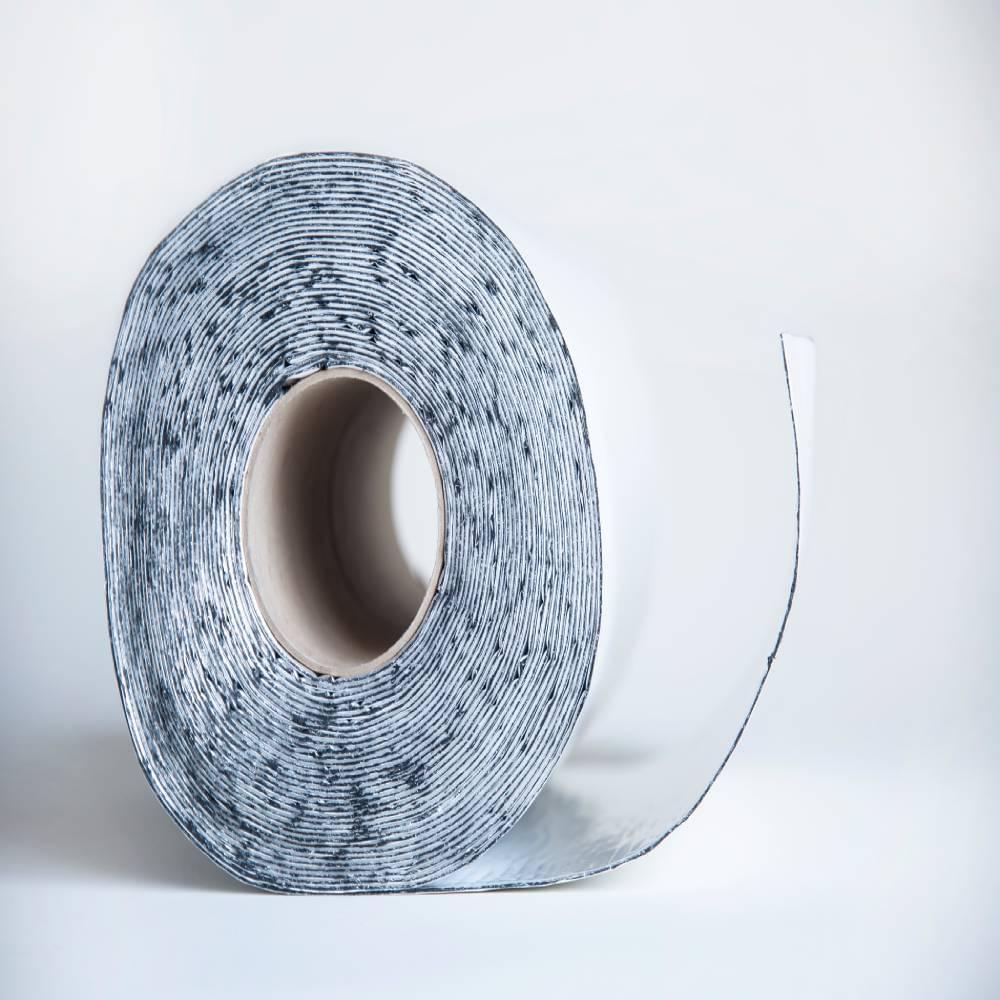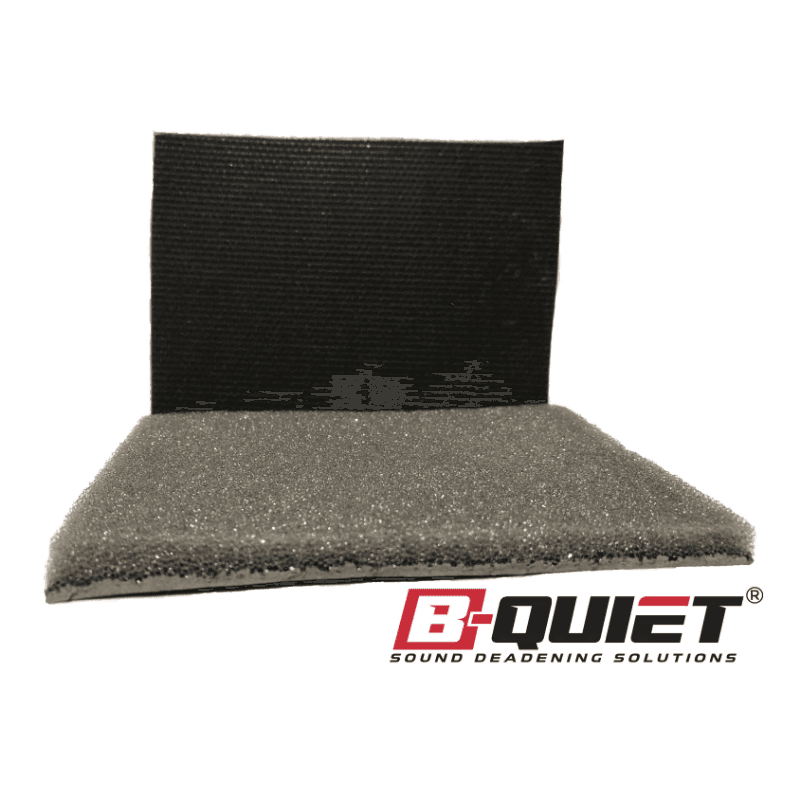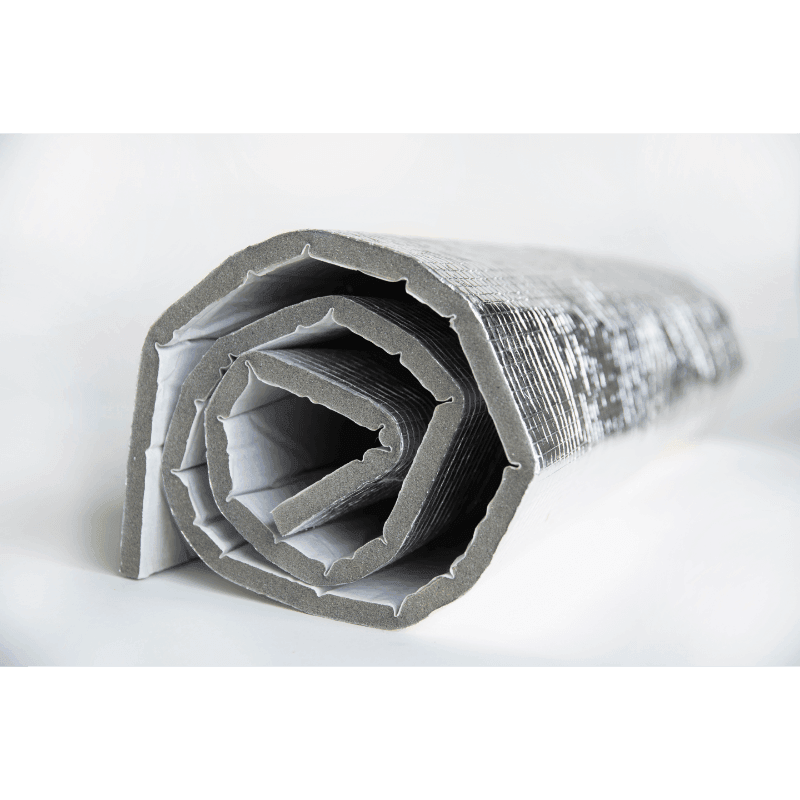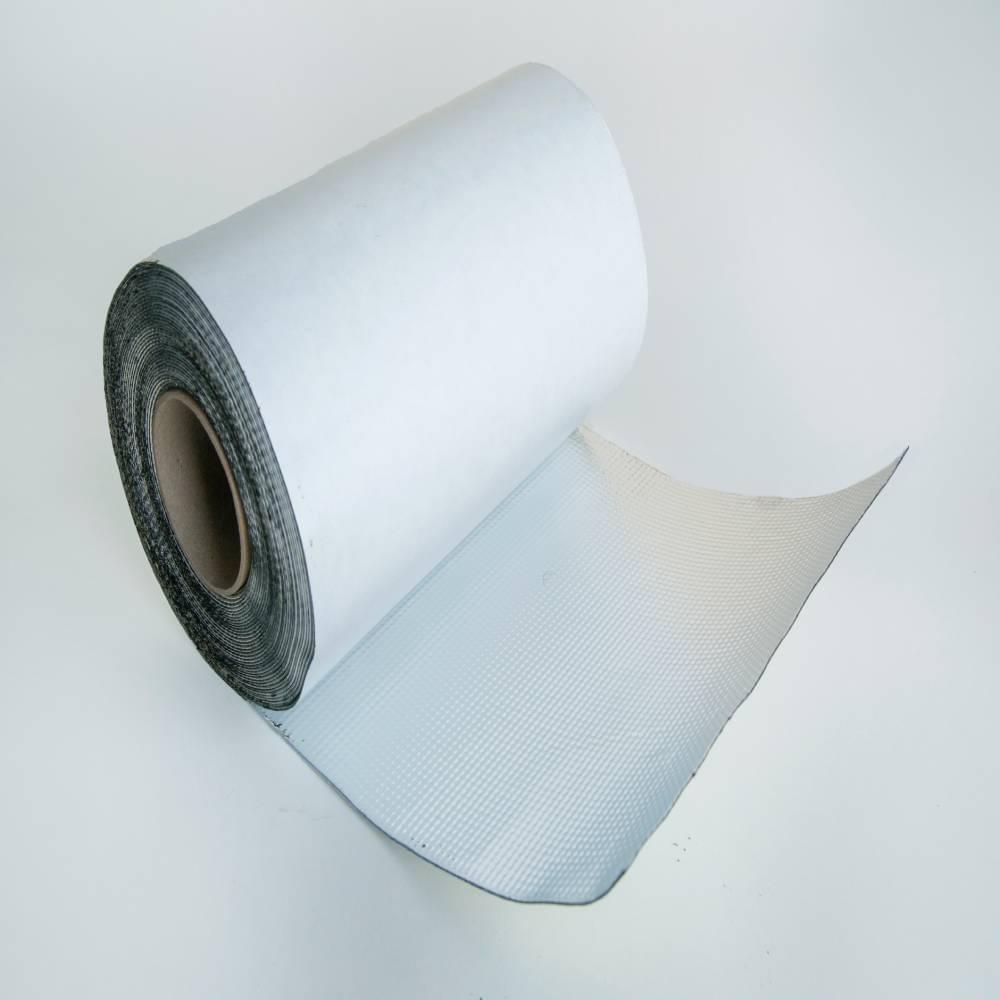Sound Deadening for Electric Vehicles: Enhance Comfort and Performance
As electric vehicles (EVs) continue to gain popularity, drivers are making the switch for numerous reasons, including reducing emissions, saving on fuel costs, and contributing to a more sustainable future. While EVs offer numerous benefits, one aspect that often goes overlooked is their unique sound environment. The lack of a traditional internal combustion engine presents a different acoustic landscape, with other noises becoming more pronounced in the absence of engine rumble. This makes sound deadening for electric vehicles an essential consideration for ensuring a serene and enjoyable driving experience.
In this blog post, we will delve into the distinct sound deadening challenges faced by electric vehicles and their owners. We will explore the most effective sound deadening materials and techniques tailored specifically for EVs. By addressing road noise, vibration, and other common concerns, we aim to help EV owners achieve improved comfort, acoustic performance, and even possible energy efficiency gains.
Join us on this electrifying adventure as we uncover the essential sound deadening solutions for electric vehicles. Learn how to navigate the soundscape challenges exclusive to EVs and enhance every aspect of your environmentally friendly journey – from creating a tranquil ambiance and reducing driver fatigue to improving audio quality and contributing to a more efficient and enjoyable driving experience.
Unique Sound Deadening Challenges in Electric Vehicles
Before diving into the most effective sound deadening solutions, it's essential to understand the unique challenges faced by EV owners. Here are some of the most common acoustic concerns when driving an electric vehicle:
Road Noise
In the absence of a traditional combustion engine, road noise becomes more pronounced in EVs. This includes sounds from tires, suspension systems, and exterior aerodynamics interacting with the road surface.
Motor and Electrical Noise
Though quieter than combustion engines, EVs still produce noise from their electric motors and power electronics, which can be bothersome to some drivers and passengers.
Cabin Vibrations
Electric vehicles can experience vibrations from various sources, such as road irregularities, suspension components, and electric drivetrains, leading to an uncomfortable driving experience.
Understanding these unique challenges is crucial for selecting the right sound deadening materials and techniques to achieve optimal results in your electric vehicle.
Harnessing the Power of Effective Sound Deadening Materials for EVs
Choosing the right sound deadening materials is vital for improving your EV's interior acoustics. Here are some top-performing materials to consider:
Butyl Rubber Mats
Butyl rubber mats are an excellent choice for damping vibrations and reducing noise transmission in EVs. They are ideal for use on various surfaces, including floors, trunk space, door panels, and wheel arches.
Closed-Cell Foam
Closed-cell foam provides excellent sound absorption and thermal insulation. This material is suitable for lining the cabin, under carpets, behind door panels, and beneath headliners.
Mass Loaded Vinyl (MLV)
For maximum noise reduction, consider incorporating MLV into your EV's sound deadening strategy. This high-density material can be applied to door panels, cockpit floors, and other critical noise infiltration areas.
Targeting Key Areas for Sound Deadening in Electric Vehicles
To achieve the best results, it's crucial to strategically apply sound deadening materials to key areas within your EV. Here are some areas to consider focusing on:
Floor, Wheel Arches, and Firewall
Noise from tires and road surfaces can infiltrate your EV's cabin through the floor and wheel arches. Applying butyl rubber mats and MLV to these areas can significantly reduce noise transmission. The firewall also benefits from sound deadening to minimize motor and electrical noise.
Doors and Door Panels
Doors and door panels can transmit noise from the vehicle's exterior and contribute to cabin vibrations. Applying closed-cell foam and MLV to these areas will help minimize these disturbances.
Trunk Space
Trunk space can function as an echo chamber for road noise, especially in hatchback-style EVs. Lining this area with sound deadening materials will create a quieter cabin.
Roof and Headliner
Wind noise can infiltrate your EV's cabin through the roof, particularly at higher speeds. Incorporating closed-cell foam beneath the headliner can improve noise cancellation in this area.
Energy Efficiency Considerations and Sound Deadening
A lesser-known benefit of sound deadening your electric vehicle is the potential for increased energy efficiency. Reducing road noise allows for a quieter cabin, which in turn may enable you to lower the volume of your audio system or climate control. This can indirectly contribute to reduced energy consumption, extending your driving range and boosting overall vehicle efficiency.
Embrace the Serenity of the Electric Vehicle Experience
Investing in sound deadening materials and techniques for your electric vehicle will not only improve the comfort and quality of your driving experience but can also enhance energy efficiency. By addressing the unique challenges faced by EV owners, you can transform your ride into a tranquil sanctuary.
Elevate your electric vehicle experience by exploring B-Quiet’s range of specialized sound deadening solutions designed to optimize your EV's internal acoustics. Delight in the peace of mind provided by our expert guidance and commitment to supplying top-quality sound deadening technologies perfect for enhancing your zero-emission journey.













